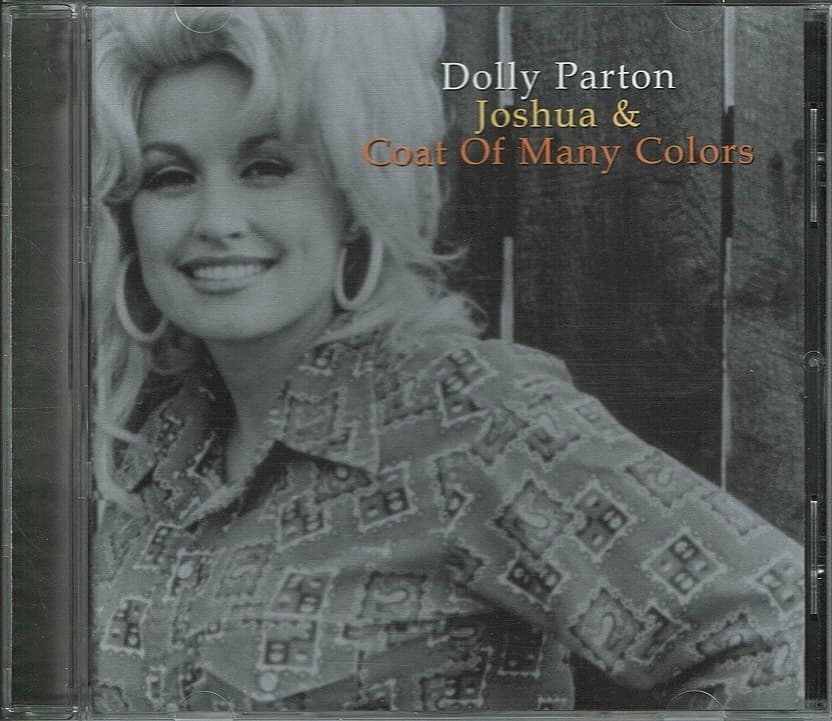
A Patchwork of Love: Dolly Parton’s Enduring Story of Rags to Riches of the Heart
There are certain melodies that, once heard, become woven into the very fabric of our collective memory, much like the threads in a well-loved quilt. For many of us who’ve seen a few seasons pass, Dolly Parton’s “Coat of Many Colors” stands as one such masterpiece. Released in 1971 as the title track from her album of the same name, this song isn’t merely a country hit; it’s a profound, autobiographical narrative that resonates with the timeless values of family, resilience, and the true meaning of wealth. The album, Coat of Many Colors, itself was a significant success, climbing to No. 7 on the Billboard Top Country Albums chart, solidifying Dolly’s burgeoning solo career beyond her partnership with Porter Wagoner. The single “Coat of Many Colors” was an even greater triumph, reaching No. 4 on the Billboard Hot Country Singles & Tracks chart, a clear indication that this heartfelt story had struck a deep chord across the nation.
Imagine a chilly Appalachian winter in the mid-20th century. This is the backdrop for the genesis of “Coat of Many Colors.” The song’s story is rooted deeply in Dolly Parton’s own impoverished childhood in the Great Smoky Mountains of Tennessee. Born into a large family with humble means, Dolly often speaks of a time when new clothes were a luxury far out of reach. The narrative of the song comes directly from a real-life experience. One winter, when Dolly was a young girl, her mother, Avie Lee Parton, ingeniously stitched together a coat for her out of a box of colorful fabric scraps and rags that had been given to the family. To make the little girl feel proud of her unique garment, her mother recounted the biblical story of Joseph and his coat of many colors, imbuing the simple patchwork with a sense of divine specialness.
The song vividly paints the picture of young Dolly, filled with pride and excitement, rushing off to school in her new, vibrant coat, believing herself to be “rich as I could be.” However, the innocence of childhood often clashes with the harsh realities of the world. Her schoolmates, unfamiliar with the depth of love and sacrifice sewn into each stitch, cruelly mocked her, laughing at her “raggedy” coat. The poignant lyrics reveal Dolly’s confusion and hurt, as she struggles to make them understand the profound value embedded in her mother’s creation: “And I told them of the love my momma sewed in every stitch / And I told ’em all the story momma told me while she sewed / And how my coat of many colors was worth more than all their clothes.” It’s a powerful lesson in valuing the intangible over the material, a message that truly speaks to the heart.
What makes “Coat of Many Colors” so enduringly powerful is its multifaceted meaning. On one level, it’s a simple, heartwarming tale of a mother’s love and ingenuity in the face of poverty. On a deeper level, it’s a profound statement on wealth and poverty, asserting that true richness lies not in possessions, but in love, family, and self-worth. It confronts the pain of childhood bullying and prejudice, offering a message of resilience and finding dignity in one’s circumstances. The song has become a powerful anthem for anyone who has ever felt “less than” due to external appearances, teaching that one is “only poor, only if they choose to be.” It beautifully captures the essence of finding joy and pride in simple things, and in the boundless love that can transform rags into something truly precious.
The authenticity of Dolly Parton’s voice, brimming with sincerity and a touch of wistful reflection, brings the story to life. Her vocal delivery is not just singing; it’s storytelling at its finest, drawing the listener directly into her childhood world. This song has since transcended its musical origins, inspiring a best-selling children’s book and even a highly popular television movie, further cementing its place as a cultural touchstone. The original dry cleaning receipt on which Dolly famously scribbled the lyrics while on Porter Wagoner’s tour bus now proudly resides at her Dollywood theme park, a tangible piece of history that speaks to the song’s humble beginnings and monumental legacy. “Coat of Many Colors” remains a testament to Dolly Parton’s unparalleled ability to turn deeply personal narratives into universal truths, offering comfort, understanding, and a gentle reminder that the richest treasures in life are often those stitched with love and resilience.